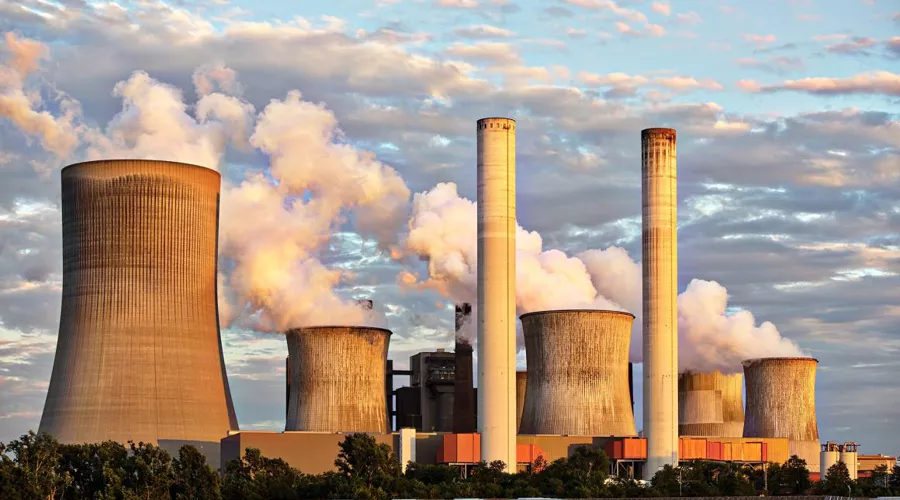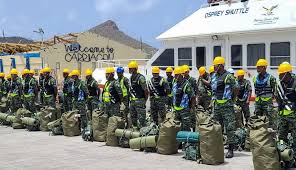Wales, West Bank Demerara – Steel columns rise against the Atlantic sky, welding sparks fly at dusk, and a lattice of pipes snakes across the 150-acre Wales construction zone. Guyana’s US$900-million Gas-to-Energy (GtE) project—long debated, now more than 70% complete on civil works—aims to slash electricity tariffs, end chronic blackouts, and anchor a downstream industrial revolution.
Inside the Project
The enterprise has three pillars:
- Pipeline – A 12-inch subsea pipeline will transport up to 50 million cubic feet of associated gas per day from ExxonMobil’s Liza field, 200 km offshore, to an onshore receiving facility.
- Power Plant – A 300-MW combined-cycle gas turbine (CCGT) station, enough to double Guyana’s current grid capacity.
- Natural-Gas Liquids Plant – Producing LPG, propane, and butane, helping replace imported cooking gas.
Project Director Winston Brassington confirms that all pile driving for equipment foundations is complete, cooling-water intake culverts are 90% finished, and turbine hall steelwork will begin September 2024. Siemens-Energy won the turnkey CCGT contract, with turbines scheduled to ship from Charlotte, North Carolina in February 2025.
Saving Consumers Money
Guyana’s retail electricity tariff—US$0.30 per kilowatt-hour—is among the Caribbean’s highest. Analysts calculate that using low-cost associated gas could halve tariffs to US$0.15/kWh. For a low-income household consuming 200 kWh monthly, that means saving roughly G$20,000. Industrial users, too, anticipate big gains: “Cheaper, reliable power will let us expand shifts and compete with imports,” says Vishnu Doobay, owner of a Corriverton rice-processing mill.
Environmental Upside
The GtE plant, running on natural gas, emits about 40% less CO₂ than diesel generators. The LCDS 2030 framework designates gas as a “bridge fuel” toward renewables. The NGL plant will capture liquids that might otherwise be flared offshore, reducing greenhouse gases. EPA Director Kemraj Parsad says continuous-emissions monitoring will be mandatory, with public dashboards.
Training Guyanese for Tomorrow
A unique scholarship fund—financed by the project’s cost-recovery ring-fence—pays for 100 UG engineering students per year to specialize in process control, turbine maintenance, and energy economics. “We’re not just importing technology,” Education Minister Manickchand notes. “We’re building human capital to run it.”
Risk Management
Critics flag potential pitfalls: cost overruns, gas-supply reliability, and tariff-setting politics. The Inter-American Development Bank’s due-diligence report urged robust contracts and contingency funds. Government says 85% of expenditures are locked in fixed-price agreements, mitigating inflation shocks.
Assuming mechanical completion by late-2025 and commercial operation in early-2026, the first gas-powered electrons could herald a new chapter: one in which Guyana’s oil wealth directly lights homes, powers industry, and curbs the generator hum that has long been the coastland’s soundtrack after dusk.
- Youth of Guyana: Shaping a Prosperous Future Through Government Investment and Empowerment
- Empowering Food Sovereignty: Agro-Processing Boom Transforms Region 5
- Apple Purchases 100,000 Carbon Credits from Guyana, Strengthening Global Climate Partnership
- Sports: Golden Jaguars Bank on Youth as Glasgow Shines in World Cup Qualifiers




